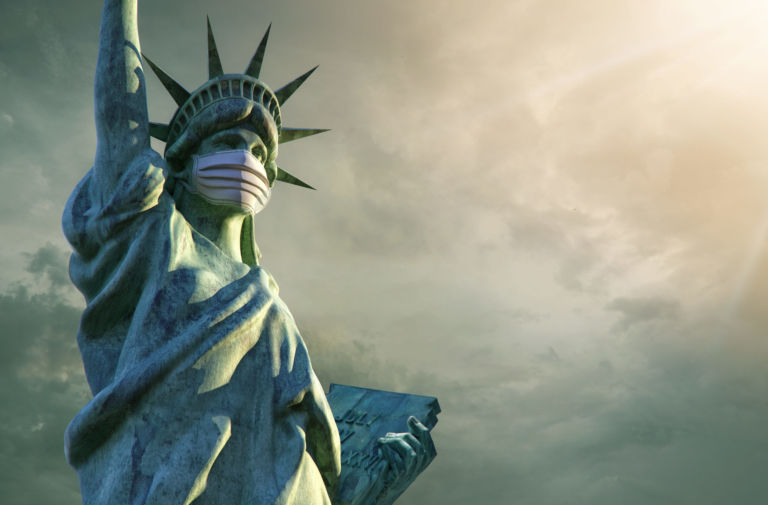An analysis from Reason magazine finds that there is a significant variation in per-capita state and local aid contained in the latest Covid relief bill being debated on Capitol Hill.
“The latest draft of the Coronavirus stimulus and relief legislation, the American Rescue Plan Act of 2021, would award $350 billion to state, territory, tribal and local governments using a variety of allocation formulas that produce some incongruous results,” according to the article.
“The allocation formula includes a flat $500 million for each state and a special $750 million allocation to the District of Columbia to compensate for the fact that it did not receive a state allocation under the CARES Act,” the article explains. “But the bulk of the funding is allocated according to the average number of unemployed people in each jurisdiction during the last three months of 2020.”
Of the $350 billion slated for state and local governments, about $200 billion would be destined for state governments and five overseas territories. Excluding the territories, the average allotment for state aid comes to $593 per resident, according Reason’s calculations.
How would North Carolina fare under this bill?
Our state would receive about $5.3 billion, which averages out to about $502 per capita. That’s below the national average, but higher than regional states Georgia ($438), Virginia ($442), Florida ($474), South Carolina ($405), and below neighboring Tennessee ($559).
Such discussions, however, lead to a broader question: Does North Carolina state government need $5.3 billion, and should they accept the funds?
According to the January monthly General Fund report produced by the State Controller’s Office, North Carolina’s state government is well positioned with an excess of $3.8 billion in available reserve funds. Moreover, revenue collections thus far this fiscal year (beginning July 1) are outpacing revenues at this time last year by nearly $2 billion, or an 11% increase. This is especially remarkable given that last year’s year-to-date revenue measures the months still prior to the Covid shutdowns, while the current fiscal year revenues include several months’ worth.
In short, the state has ample reserves and revenue has been healthy for several months now. Federal dollars may well be unnecessary.
But why turn down “free” money from the feds?
As we all know, there ain’t no such thing as a free lunch.
The federal government is already $28 trillion in debt. They have no money to give to state governments.
Every one of the $5.2 billion in federal funds North Carolina would receive would need to be borrowed, and most likely financed by new money printing by the Federal Reserve. The creation of new money manifests itself into price inflation, a phenomenon that always hurts the economically vulnerable the hardest while benefitting the already wealthy investor class.


